All merchants are looking for ideal quality pasta (macaroni, penne, etc.) to buy from the manufacturers and factory owners to get the lowest reasonable prices.
Pasta is made with dough made from unleavened durum wheat flour (semolina) and water or eggs. The dough is then rolled out into sheets or cut into different shapes before being boiled or baked. One kind of Italian cuisine is known as “pasta.”
When wheat flour is replaced with rice flour or legume flour (such as that found in beans or lentils), the end product may have a distinctively different flavor and texture, in addition to being free of gluten. It would not be authentic Italian cuisine without the use of pasta.

Dried pasta, often known as “pasta secca,” and fresh pasta are the two varieties of pasta that are consumed the most frequently. Even while it is possible to make dry pasta at home, the vast majority of it is extruded in a commercial setting. Producing fresh pasta has always been done by hand or via the use of antiquated machinery. Because of advances in large-scale technology, fresh pasta can now be purchased in supermarkets.
Firms involved in production and manufacturing are required for the production of products and services as well as their subsequent sale. Having said that, the resources, manufacturing processes, and marketing strategies used by each of these companies are unique.
These are the defining traits that set them apart from many other sorts of enterprises. You need to have a firm understanding of the distinctions that exist between production and manufacturing if you wish to be employed in any of these fields. On this page, the two processes are defined, as well as the manner in which they vary from one another.
Macaroni pasta manufacturers in India
There are many macaroni pasta manufacturers and also distributors in India that are working on pasta exclusively. In all, there are 310 distinct types of dry and fresh pasta, each with over 1300 distinct names. Many Italian pasta shapes and kinds have regional names.
Every town and area has its own cavatelli name. Pasta comes in strands, tubes, flat sheets, soup noodles, filled pasta, and ornamental shapes. Pasta asciutta is cooked pasta eaten with a sauce or condiment; pasta in brodo is soup-like pasta.
Spaghetti al forno is a baked spaghetti dish. Pasta dishes are straightforward, but meal preparation differs. Spaghetti salads are appetizers or light meals. Dinner may include other substantial foods. Sauces may vary in flavor, color, and texture, like pasta.
It comprises 31% carbs (primarily starch), 6% protein, and a little fat; it also provides manganese, while pasta lacks minerals. Fortified and whole grain pasta are available. Traditional Italian pasta uses wheat, water, eggs, vegetables, and olive oil. Italian culture values it. Kneading the dough makes fettuccine, barbine, farfalle, and penne. Pasta has healthy vitamins and minerals. Pasta is growing in popularity in India, particularly among the younger population.
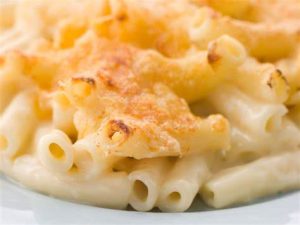
Pasta manufacturers in the Philippines
Dried and instant noodles were the most valuable and most popular kinds of pasta sold by manufacturers in the Philippines. In terms of both value and volume, the dry pasta industry is predicted to grow at the fastest pace between 2020 and 2025.
In the country, hypermarkets and supermarkets are the key distribution channels for pasta and noodles. Flexible packaging was by far the most commonly used packaging material in the Philippines. Monde Nissin Corporation, RFM Corporation, and Nissin Food Holdings Co., Ltd. are the three major players in the Filipino pasta and noodle sector.
In 2020, the Filipino pasta and noodle market had a value share of 1.6 and 2.9 percent in the global and Asia-Pacific markets, respectively. The Philippines’ value share of the global and Asia-Pacific markets is expected to increase by 2025. Similarly, it is expected that the volume share of the Filipino pasta and noodle market in both the global and Asia-Pacific markets would increase by 2025.
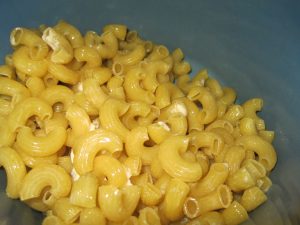
Italian pasta manufacturers
Italy is the world’s top pasta exporter and it is also among the top manufacturers. Pasta is a mainstay of Italian culture and the most famous made-in-Italy meal throughout Europe and beyond. Spaghetti with tomato, a Neapolitan specialty, is part of Unesco’s intangible cultural heritage.
Many recipes are passed down from parent to kid. bucatini, farfalle, rigatoni, orecchiette, fusilli, linguine, etc. Italian pasta has several forms and methods. Gragnano pasta is pricier than others.
Dry, fresh, long, short, silky, and wholemeal striped pasta are among the 300 kinds. Each Italian area offers healthful, delectable specialties. Several firms produce it, some since the late 1800s. Manufacturing procedures have changed throughout time, but they’ve always produced a distinctive, delicious product.
Labels and corporate websites provide facts. Examine the flour, which should be durum wheat semolina, provenance (preferably Italian, since Italian wheat is produced with fewer chemicals), drawing process (better with bronze than Teflon), and drying procedure (preferably 18 to 60 hours at temperatures below 50 °).
Size and supply chain automation affect factory production. Materials matter. Industrial pasta factories can optimize for semolina quality after processing, while artisan pasta makers have fewer alternatives. Pasta artisans may innovate on classic recipes. Made-to-order pasta is cheaper. Handmade pasta’s color and cooking time vary.
Since 1877, every Barilla generation has continued their predecessors’ history. Barilla is a global symbol of Italian-made products. Because of the company’s close interaction with local farmers, the supply chain is better in terms of quality, the environment, society, and the economy.
The new products mix four Italian durum wheat varietals. The main forms are also thicker and wider. The pasta now uses Italian wheat and has a sky blue label. 12.8 percent protein is low compared to peers. There are diverse choices despite the seven versions. This pasta’s cost is competitive given its broad availability. The label only says Italian.
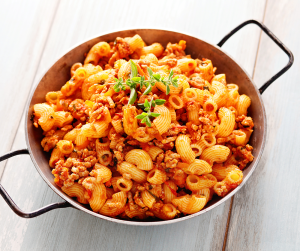
Ideal pasta price
There are some indicators to calculate the pasta price for every brand from barilla to ideal. includes products whether they are organic, non-organic, fresh, or dry, regardless of size or packaging.
70 years of client service, product innovation, and product development. IDEAL MACARONI & SPAGHETTI FACTORY, INC. dominates the pasta business with its high-quality pasta and other culinary goods.
The Ideal Macaroni & Spaghetti Factory began as a family company in the 1940s. The Victory brand included coffee, chocolate, spices, and pasta. After obtaining industrial facilities from a Spanish immigrant, the company selected the name “IDEAL.”

Macaroni brands in the Philippines
In the Philippines, you can find different macaroni brands that are imported into the country by supplying companies in the country. With the biggest production facilities in the Philippines, they are the industry’s innovator and leader in the manufacture of pasta.
Its distribution network spans the nation’s retail, wholesale, and food service sectors. Manufacturers, on the other hand, tend to sell their items right away, while production businesses may hold on to their goods for a later date. Instead of immediately selling its products to a retailer or wholesaler, the desk maker may choose to hold onto its inventory for possible future usage.
No matter whether you are in the Philippines or other countries, you can refer to us to buy pasta. We are renowned for the distinctive products we offer, as well as for our affordable prices and premium ingredients. Our real pasta products are prepared with premium durum wheat semolina flour, giving them a strong, al dente texture.
El Real is also a high source of iron and fiber, making it a healthy meal choice for both children and adults. Your everyday pasta dinners will become more enjoyable and fascinating than ever with our diverse and distinctive selection of goods.

We offer specialty pasta, including co-packers for pasta factories and private brands that utilize our know-how to create specialized formats and one-of-a-kind goods while maintaining the highest standards of quality and manufacturing.

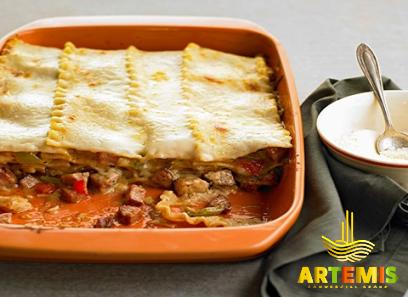
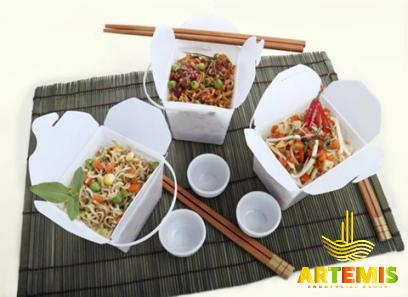
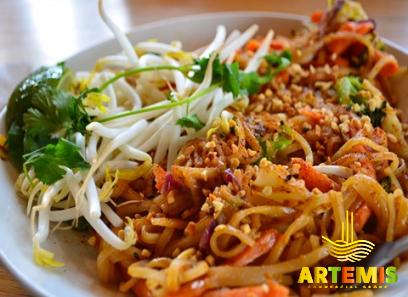
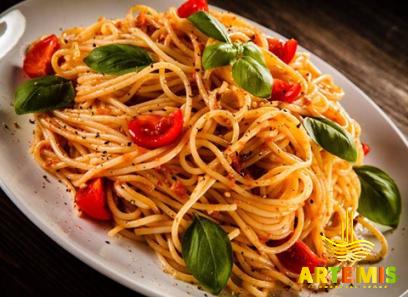
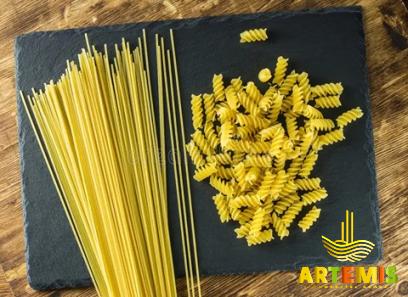
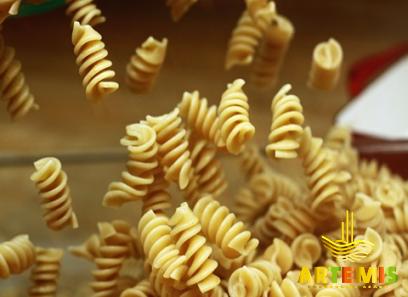

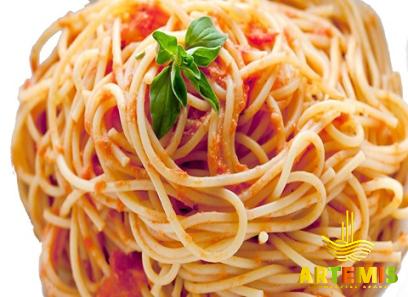

Your comment submitted.